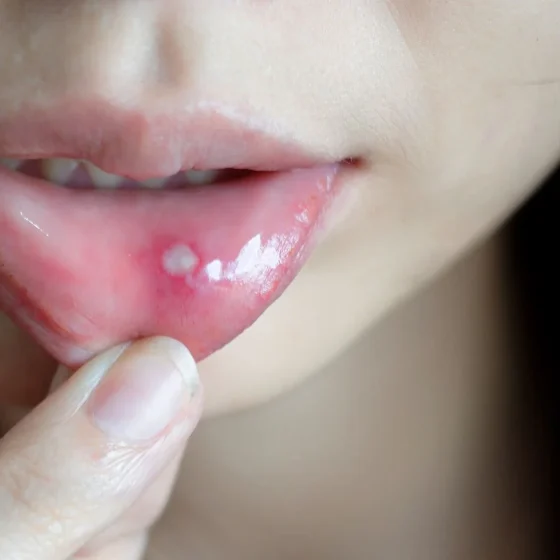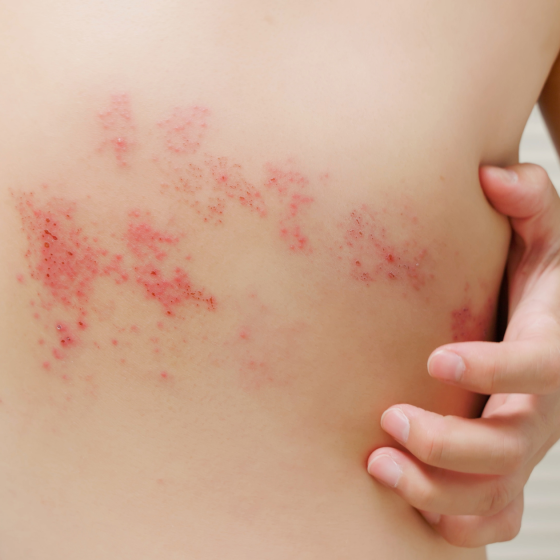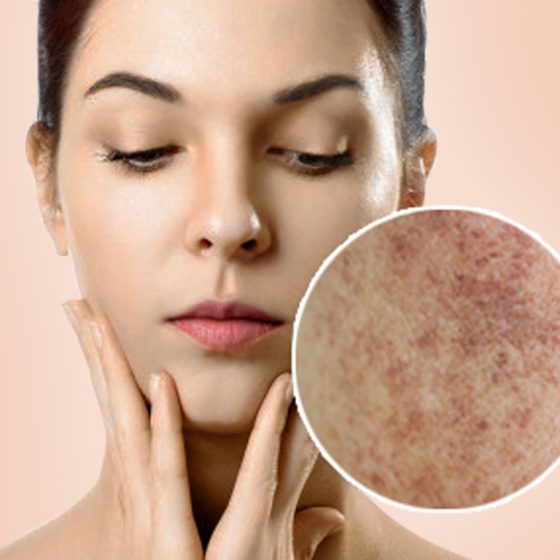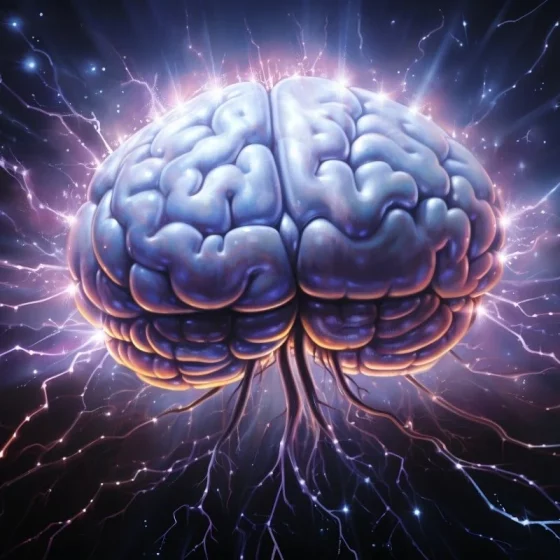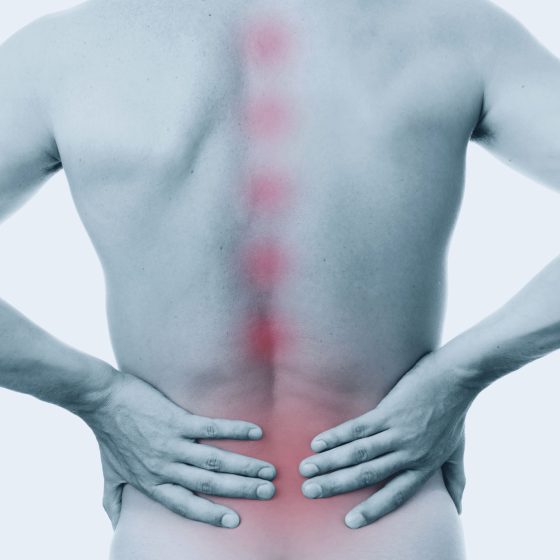Mouth sores and ulcers – canker sores
Key facts Mouth ulcers are a type of sore which appears on the inside of your mouth. No one knows what causes mouth ulcers, but there are a few factors that can make you more likely to get one. These include stress, hormonal changes and mouth injuries. Most mouth ulcers heal by themselves without treatment within a week or two. Numbing gels and saltwater mouth rinses can help relieve your pain and reduce your chance of infection. See your doctor if your mouth ulcers are very painful or if they keep coming back. What are mouth ulcers? Mouth ulcers, also

